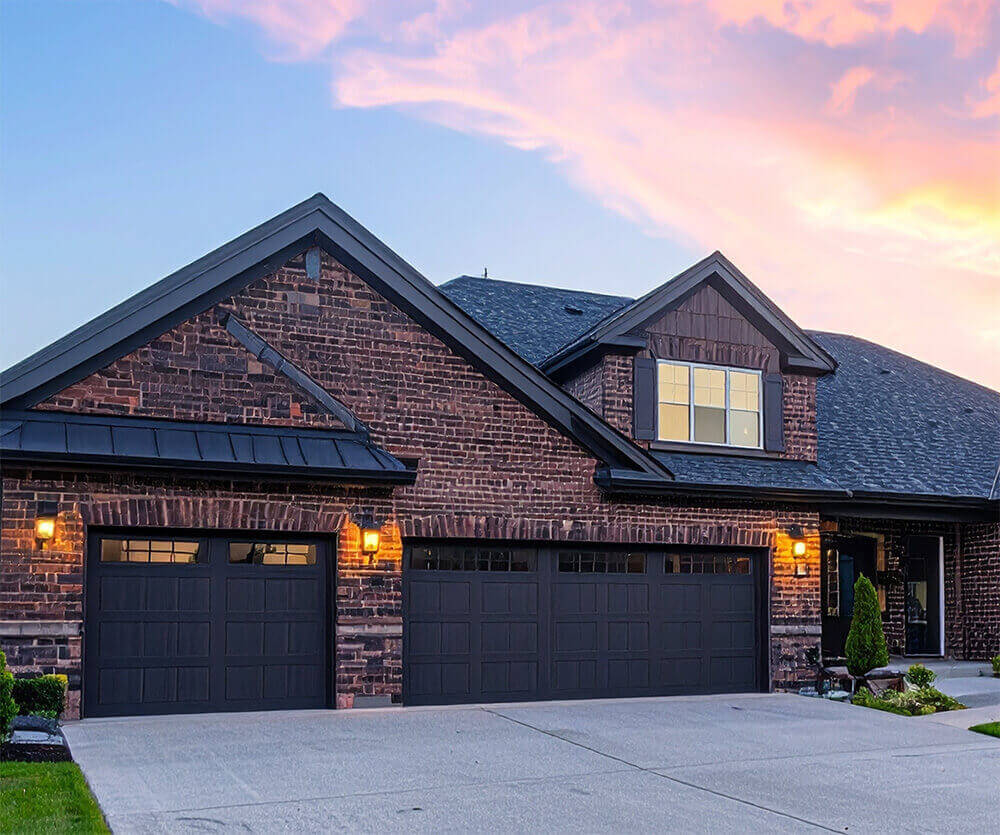Why buy before you sell?
In a competitive housing market, homes can be for sale on Monday and have a pending sign out front by Friday. So when you see the home you want, you need to be ready to make an offer. This means that there may not be much time for would-be homebuyers to be sold on your current home once you’ve found the home you want to move into.
Let’s not forget the property isn’t the only reason we move. Your job, family or educational opportunities can give you reasons to look for a new home and need to move fast once you’ve found one.
That’s where Buy Now, Sell Later programs come in. Generally, these loan programs allow you to do one of two things. First, you can access your existing home equity to cover your down payment and closing costs, thereby removing any sale contingency on your new home purchase. Or, second, you can exclude your existing home loan to lower your debt-to-income ratio when looking to qualify for a new mortgage.
When you use a Buy Now, Sell Later program, you can make a stronger offer while giving yourself time to breathe and move with confidence.
Challenges of buying before selling
Managing two mortgage payments
Most people planning a move need to use cash from their home sale toward the purchase of their new place. Without selling, those funds aren’t available to help with the transaction.
So how does someone who wants to buy a house before selling cover the lack of cash? In many cases, it’s taking out another mortgage for the new home purchase while waiting on house hunters. But taking on two mortgage payments can add up fast even if you can afford it and leave crucial savings depleted — especially if selling the current home takes longer than expected.
Down payment and closing costs
Without the equity from your current home, covering a down payment and closing costs can be a challenge. These are two more reasons homebuyers often need to rely on savings, investments or other liquid assets when they buy before they sell.
Even if you can be approved for two mortgages at once, your debt-to-income (DTI) ratio may disqualify you from lower down payment options, require stricter underwriting and lead to higher mortgage interest rates.
The same things that can limit your down payment options can also impact your closing costs. Without home equity, you lose a powerful tool that can help you pay closing costs without depleting savings.
With a high DTI, you’ll likely need more cash to close due to extra reserve requirements and might miss out on programs that provide funds for or lower closing costs.
Sales contingencies
Including a sales contingency in your offer means your purchase depends on selling your current home first. Sellers often see contingent offers as riskier and less attractive, especially when other buyers can close quickly without waiting on another transaction.
In a competitive market, a sales contingency can cause your offer to be overlooked. Even if accepted, it can lead to delays, pressure to sell fast or losing the new home if your current one doesn’t sell in time.
Buy Now, Sell Later mortgage solutions
Buy Now, Sell Later programs give you ways to buy a house before selling. But how do these products help you overcome the challenges of buying before selling?
- Get access to your home equity to cover the down payment and other moving costs
- Place a contingent-free offer while having time to list and sell your current home
Bridge loan
Also known as swing loans or gap loans, bridge loans act as short-term loans to help you bridge the gap between selling your current home and buying your new one.
Bridge loans let you take advantage of your existing home equity, using it to pay off your existing mortgage and to serve as a down payment for your new home.
At CrossCountry Mortgage, our bridge loans:
- Last 4 months
- Provide up to 85% of your home’s value
- Don’t require an appraisal
- Require interest-only payments during the loan term
Non-QM loans
Our CCM Signature Expanded exclusive line of in-house non-qm loans can help you qualify for a mortgage with non-traditional income or in unique circumstances.
These products may allow you to exclude the PITIA (principal, interest, taxes, insurance and association dues) of your current home from your DTI so you can buy your new home.
This option also allows you to buy a new home while transitioning your current one to an investment property.
To take advantage of the CCM Signature Series to buy a house before selling, you will have to meet certain requirements and provide a letter stating your intent to list or lease your home within 90 days.
Eligible loans include:
- CCM Signature Expanded Full Doc
- CCM Signature Expanded Bank Statement
- CCM Signature Expanded 1099
- CCM Signature Expanded Asset Qualifier
- CCM Signature Expanded DSCR
- CCM Signature Expanded WVOE Only
- CCM Signature Expanded P&L Only
Additional buy before you sell options
HELOCs
If a bridge loan or specialty product isn’t the right fit, a home equity line of credit (HELOC) is another way to use your equity to cover the gap between homes.
A HELOC acts as a revolving line of credit that allows you to tap into your equity for any purpose, including to act as the down payment for a new home.
With a HELOC, you can cover costs to secure your new home and then use the proceeds from the sale of your current home to pay it off. It’s a flexible option but typically requires significant equity and works best if you have more time before making your move. Plus, your HELOC will count toward your DTI, which can further increase costs and make qualifying for a new home loan more difficult.
Specialty programs
As America’s #1 Retail Mortgage Lender, we work with partners to offer homebuyers more solutions to fit any circumstance.
While bridge loans and our CCM Signature Series products work for many Buy Now, Sell Later situations, your loan officer will look at every detail and option to help bring your homeownership dreams to life.





